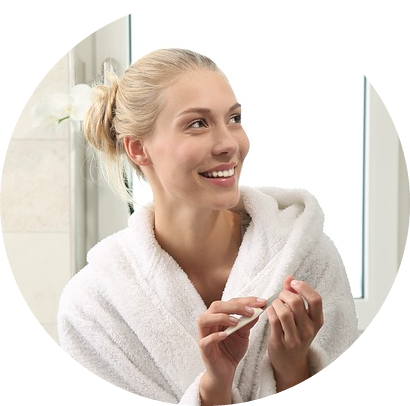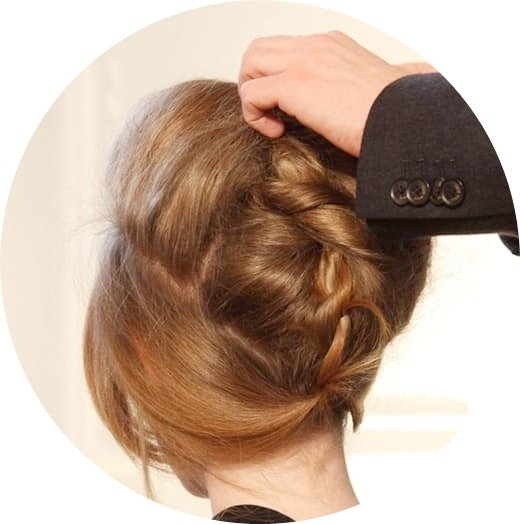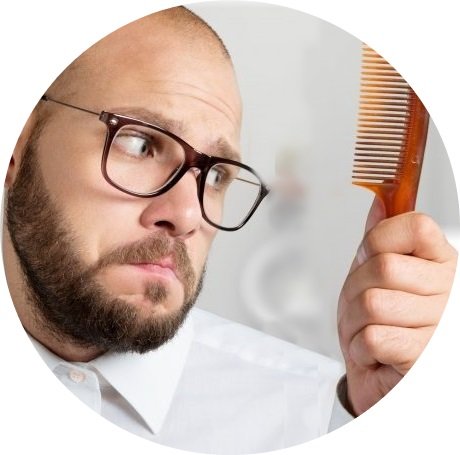Yoga asanas that help with hair growth
As the world is celebrating International Yoga Day on the 21 June let us take a look at some of the amazing benefits this ancient practise has on your overall health and especially your hair.
Yoga is all about balancing your body and mind, by leading a healthy life, eating the right foods and exercising on a weekly basis. Hair loss and hair thinning are common problems and with the fear of becoming bald lurking on the corner of the mind, we are willing to try every solution offered to us as long as it has proven results. Yoga is one such options and can work perfectly as long as you adopt a healthy lifestyle and the correct diet.
Yoga poses that help with hair growth
1.Adho Mukha Svanasana
Downward facing dog pose or Adho Mukha Shvanasana is an asana that helps to stretch and strengthen back muscles, improves digestion, tones hands and feet and improves circulation. There is a reversal in the pull of gravity, so fresh blood flows will reach your scalp and hair sustaining the health of your locks.
 2. Uttanasana
2. Uttanasana
Uttanasana, Intense Forward-Bending Pose, Intense Stretch Pose or Standing Head to Knees Pose has some amazing effects on the body. It heals and rejuvenates. In this asana, the head is below the heart, allowing for blood circulation in the head instead of the feet, giving the cells a rush of energizing oxygen and helping the hair stay healthy.
3. Vajrasana
Vajrasana is a kneeling pose and, usually, breathing exercises like Pranayama, Kapalabhati, and Anulon Vilom are done sitting in this position, making the body stronger. This asana improves digestion eliminating toxins that will be otherwise harmful to the body.
Keep in mind: some basic yoga asanas, pranayamas and hand gestures, improve digestion, reduce stress while enhancing blood circulation to the scalp and improve oxygen consumption by the cells supplying necessary nutrients to the hair.
4. Sarvangasana
This particular asana helps to nourish the thyroid gland and helps in rushing the blood to your brain, which is a very good treatment for stopping hair fall. It is also one of the healing yoga exercises for neck pain.
5. Sasangasana
In order to perform this asana you need to touch your crown to the ground, which helps the blood to flow to the head. Proper blood circulation to the scalp means healthy and strong hair making sasangasana a beneficial yoga asana for hair growth.
Try Yoga Techniques for Preventing Hair Fall
Kapalbhati Pranayama
This is a powerful pranayama breathing exercise that helps the brain receive more oxygen promoting the functions of the nervous system and removing toxins from the body.
Anulom Vilom
Also called Naadi Shodhan Pranayama this simple breathing technique helps to keep the lungs healthy and fight the free radicals produced due to stress. It promotes proper circulation throughout the body helping with the growth of healthy hair by nourishing the scalp.
Remember: all forward bending asanas enhance blood circulation in the head region and help in maintaining scalp hygiene and good hair.
















